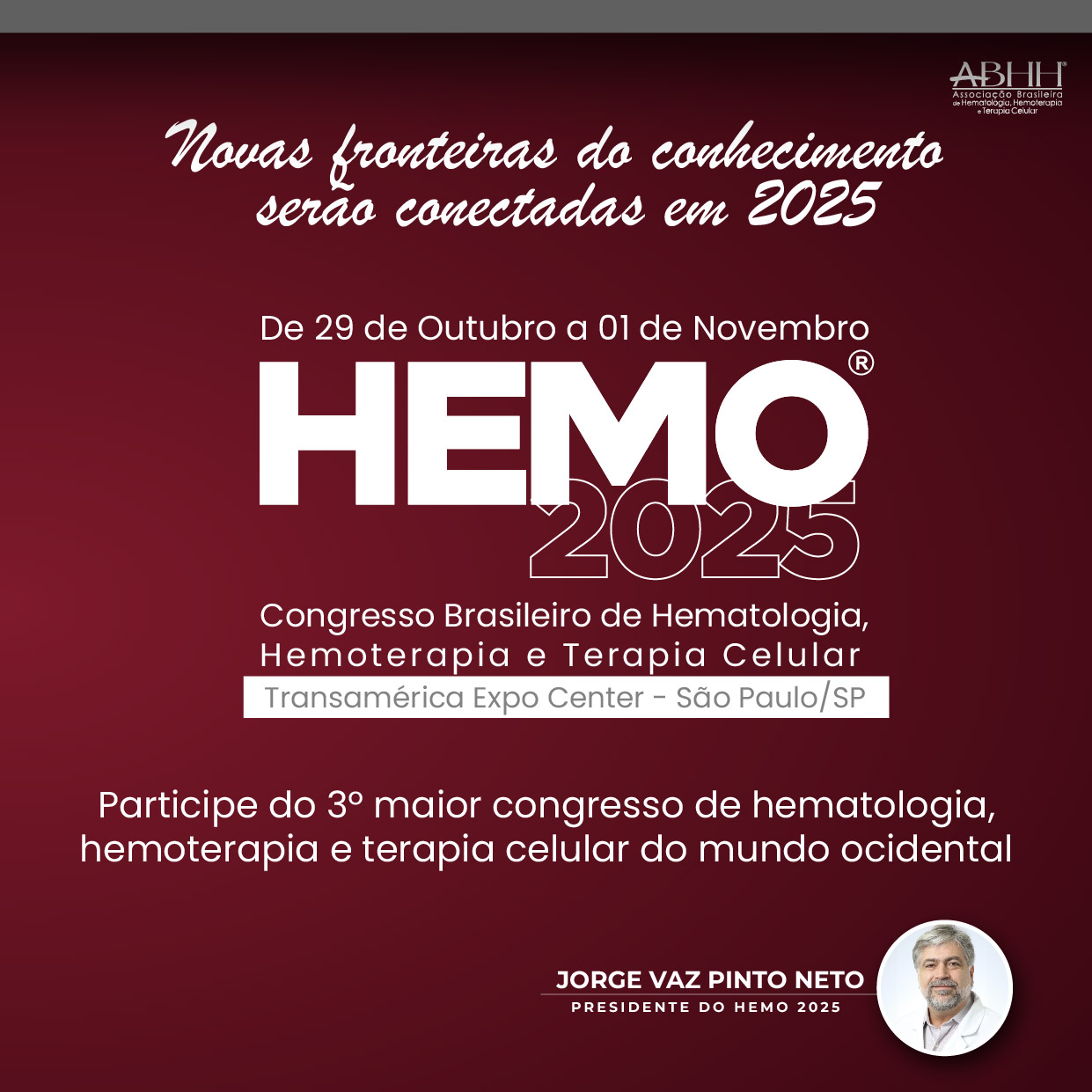
In the development of Myeloproliferative Neoplasm (MPN), transformation to the Blast Phase (BP) is often noted. Thus, the incidence of BP in Primary Myelofibrosis (PMF) is -9%‒13%, in Essential Thrombocythemia (ET) -1%‒4%, and in Polycythemia Vera (PV) -3%‒7%. As a result of the development of ET and PV, transformation to Myelofibrosis (MF) can also be noted. In this case, differentiation of PMF from post-ET-MF and post-PV-MF can be difficult. In the treatment of these diseases, an individual approach according to the history and comorbidity, increases the effectiveness of treatment.
MethodologyPatient U.T., born in 1955, was registered at the NCHBT in June 2019 with a diagnosis of PMF. At the time of initial admission, the patient complained of abdominal distension and severe weight loss over the past 6-months. During examinations, a splenomegaly (204 × 85 mm) was found. In hemogram: Hb ‒ 151 g/L, WBC ‒ 43 × 109/L, PLT ‒ 779 × 109/L were. Histological examination of the bone marrow revealed that the bone cavities were filled with fibrotic stroma, no fat cells were detected. Hematopoietic cells were diffusely scattered, the cellular composition consisted of granulocytic and megakaryocytic orders. A reduction in the erythroid order was noted. The number of megakaryocytes was increased, acute polymorphism was noted, atypical forms were abundant. Megakaryocytes formed dense and sparse clumps (up to 6-cells) and layers, their paratrabecular localization was noted. Areas of coarse-fiber collagen fibrosis were noted. During molecular genetic examination, the allelic load of the JAK2V617F mutation was 92.694%. The patient was treated with Hydrea (HY)from June 2019 to September 2019. Since the hemogram did not show positive dynamics, Interferon (IFN) 3 million units was administered intramuscularly 3 times a week from September 2019. After this administration, a relative decrease in spleen size was noted. Starting from March 2020, the patient's condition deteriorated again. In hemogram: Hb ‒ 161 g/L, WBC ‒ 34 × 109/L, PLT ‒ 343 × 109/L were. The spleen size was 200 × 84 mm on Ultrasound Scan (USS). The patient was prescribed HY 1000 mg p/day along with IFN. Positive dynamics were achieved as a result of treatment with HY+IFN. Hemogram: Hb ‒ 120 g/L, WBC ‒ 4 × 109/L, PLT ‒ 476 × 109/L; spleen in palpation was +4 cm. Treatment with HY+IFN was continued until April 2021. From April 2021, treatment was continued with HY alone. In May 2024, the patient's condition worsened. Morphological examination of the bone marrow showed 16% blasts, histological examination showed 20% blasts, blasts were of myeloid type. Transformation of the disease to the BP was recorded. The patient was prescribed 2 courses of low-dose Cytosar. Since no positive dynamics were noted and blasts in the bone marrow increased to 78.6%, treatment with Azacitidine (AZA) + Venetoclax (VEN) was initiated in July, and after the 2nd course, clinical-hematological remission was recorded (blasts on myelogram were 0.8%). Although the patient's hemogram and bone marrow results showed Morphological Leukaemia-Free State (MLFS), Ruxolitinib (RUX) 15 mg was added to the treatment with AZA+VEN as a result of the recent sharp increase in spleen size (197 × 78 mm) and abdominal discomfort. As a result of the treatment, the patient's spleen size decreased, abdominal discomfort disappeared. During the examination of the patient, a complete blood count and histological examination of the bone marrow were performed. To confirm myelofibrosis, reticulin stroma examination was performed using the Gomori method, and first- and second-degree fibrosis (M1‒MF2) was detected (scale 0‒3). In assessment with the Dynamic International Prognostic Scoring System (DIPSS)-2 points-intermediate-1 risk group was formed. The patient's complaints were assessed with Myeloproliferative Neoplasm Symptom Assessment Form Total Symptom Score (MPN-SAF-TSS). Molecular-genetic examination of the JAK2V617F gene was performed using the real-time PCR method of peripheral blood. Spleen size was assessed with USS. AZA was prescribed subcutaneously at a dose of 100 mg for 7 days per course. 6 courses have been conducted so far. VEN was increased according to the scheme and prescribed at a dose of 400 mg; depending on cytopenia’s, the dose was reduced by 200 mg, and the number of days of administration varied from 28 to 14 days. RUX was prescribed at a dose of 15 mg daily.
ResultsAfter transformation of PMF to BP, the patient did not achieve remission despite 2 courses of low dose cytosar treatment. After treatment with AZA+VEN, the patient achieved MLFS. After some time, due to the growth of the spleen, RUX was added to the AZA+VEN treatment protocol, and the spleen's size decreased.
ConclusionThe use of the AZA+VEN protocol was effective in BP-MF. The subsequent addition of RUX to the treatment further increased the effectiveness of the treatment and led to an improvement in the patient's general condition and a decrease in complaints.







